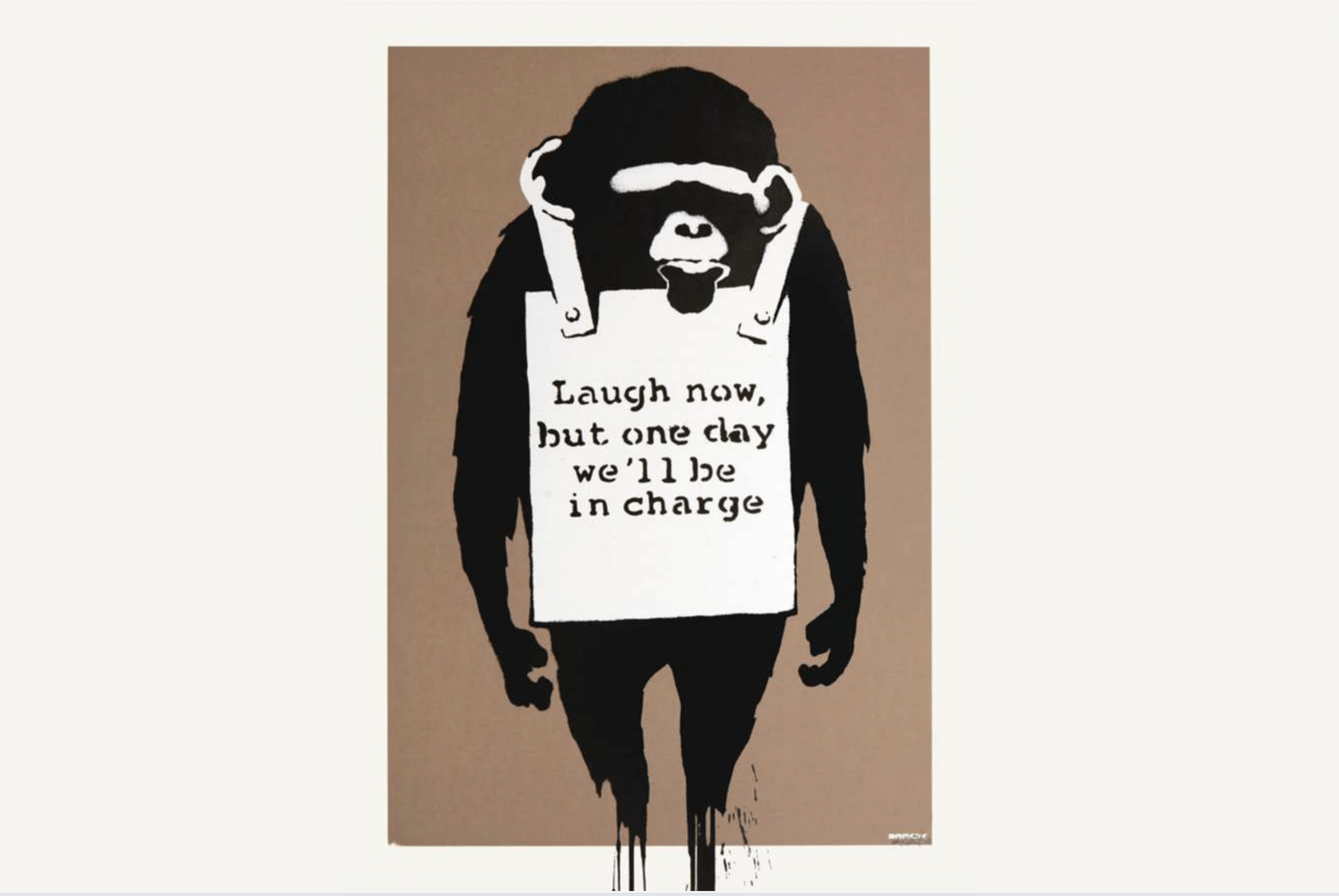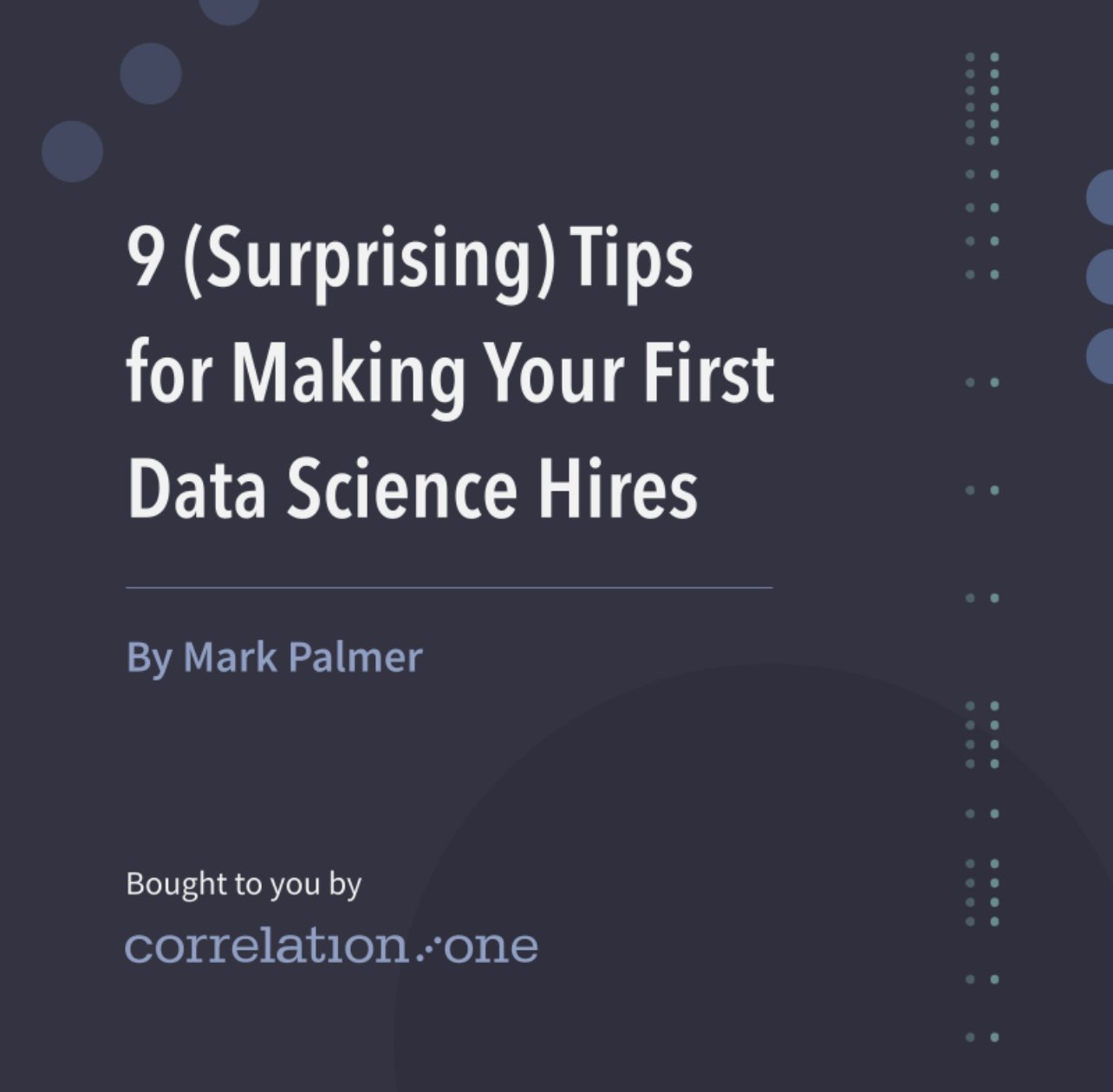How Writing Helps You Build a Personal Social Hive Mind Supercomputer
Writing in public helps attract ideas, people, and opportunities to like a social supercomputer.
Companies are like gardens, full of flowers and weeds--weeds are the business problems that inhibit growth. Some weeds are easy to pull. But culture problems have deep roots, like the nastiest weed, and there’s no easy way to get rid of them.
For example, a visualization tool doesn't make your staff curious. Automating a flawed process doesn't make it better. Companies with an arrogant, selfish CEOs don’t spontaneously become humble. But the work is worth it: if you get your culture right, peak performance is easier to reach.
Recently I reviewed a resume for Mindy, a 25-year-old aspiring data scientist. It was good. I asked, "What about LinkedIn—are you active there?" She said, "Well, I'm on LinkedIn, but I don't pay much attention to it."
As Julia Roberts said in Pretty Women, "BIG mistake... HUGE!"
Writing in public is one of the best things you can do for your mind and your career. When you engage in a meaningful way, great people, opportunities, and ideas find you.
Mindy wanted to use social media but needed help. So I wrote this for her.
What is a "hive mind supercomputer?”
Jon Bain is a lawyer, programmer, and company founder. He read my article about using social media to find jobs, The Modern Art of Job Searching, and wrote, "Cool-it’s like using social media to build your own Hive Mind supercomputer!"
I didn’t know what a Hive Mind supercomputer was, so I looked it up.
A "hive mind" is a system that works like bees in a hive. The term was first used to describe bee intelligence in 1943 and in science fiction in 1950 by James H. Schmitz. Some sci-fi interpretations of hive mind impute groupthink, mind control, or uniformity of thought. That's not the definition I like.
Another definition is offered by Wired founding executive editor Kevin Kelly in Out of Control, the New Biology of Machines, Social Systems, and the Economic World. He described hive minds as collaborative, creative, and generative networks:
This is the call of the internet. Keep adding players. The more they are connected, the more valuable my connection becomes.
~ Kevin Kelly
And hive mind super-computational systems help cancer researchers at Sloan Kettering understand how proteins “twist, turn, clamp, and squeeze other molecules during chemical reactions” with groups of 15,000 processors coordinating work instead of the 2, 4, or 8-core computers that were common not long ago.
Bigger hives, bigger insights, bigger possibilities.
How to build your own social hive mind: the CONNECT-READ-WRITE system
Creating your own social hive mind supercomputer is easy, free, and fun. I call it the CONNECT-READ-WRITE system.
Here's how it works.
Connect and follow publications, blogs, and LinkedIn groups that interest you. For Mindy, she followed author Atul Gawande, the blog Towards Data Science, and Google Chief Decision Officer Cassie Kozyrkov (Decision Intelligence) on LinkedIn.
Read actively. Mindy reads every day, but actively. Active reading means as you read, you interact with what you learn. You slow down, journal, and sketch your understanding. You scribble in the margins of a book and imagine you're arguing with the author over a beer. Active reading gets ideas from your head to paper where you can see, feel, and touch them. For more, check out How to Retain More Of What You Read.
The last step was daunting for Mindy, and the most important: writing in public. She started small: a comment a day on LinkedIn—to quote a phrase she liked, share an exciting idea, or doubt a dubious statistic. No, "Cool post!" doesn't cut it—the key is to inject your personality.
Repeat. I told Mindy to give it a year Keep connecting. Keep reading. Keep writing. Keep noticing. Hives aren’t built in a day.
Eventually, Mindy’s trail of comments and observations form what Henrik Karlsson calls a very long and complex search query to find fascinating people and make them route interesting stuff to your inbox. He's right — writing in public draws like-minded people to you like a magnet. As you gain confidence, blogging is better on Substack, a personal blog, or bylines.
But start with a few thoughtful LinkedIn comments, do a little every day, and go from there.
Ten quick CONNECT—READ—WRITE tips & tricks
Merely writing thoughtful comments puts Mindy in the top 94% of the LinkedIn bee hive. I know this because I checked over 500 posts in my feed—just 6% showed a modicum of effort and thought. My research wasn't scientific, but sadly, it rings true.
But imagine — making one thoughtful comment every day in public puts you in the top 94%! Here are ten tips on how to build your own social hive mind supercomputer:
Write in public, beginning with one thoughtful comment a day. Start small and build from there.
Read one page a day, not a chapter. Active reading is different than novel reading. When you find a good source, slow down. Slowing down is hard to do but essential.
Disagree with what you read. In Meditations 1.7.3, Marcus Aurelius wrote, “I learned to read carefully and not be satisfied with a rough understanding of the whole, and not to agree too quickly with those who have a lot to say about something.”
Don’t take notes word-for-word. Take notes in your own words, not verbatim. Restating what you learn is a like a rock tumbler for ideas - it turns brain-farts into gems.
Sketch and make metaphors. Sean Adams shows how to make metaphors in his course, Graphic Design Foundations: Ideas, Concepts, and Form. For example, when he designed the UCLA Extension School catalog, he started with 10 crude sketches that combine the idea of “extension” and “California”:
Board shorts and “Hollywood;”
A ladder and the Golden Gate Bridge
A surfboard that extends above the rest.
The final version is shown at right. Anyone can do this. Try it!
Edit until you surprise yourself. Edit with vigor. A clever one-line LinkedIn post can generate millions of views, so take your time. As poet Ross Gay says, “I keep writing until I surprise myself. Then I know I have something.”
Remember: you're thinking with your fingers. Isaac Asimov said, "Writing is thinking with your fingers." I love this idea: writing reveals what makes you unique; writing shows you care; writing is generous.
CC your hive, social media style. Social media platforms let you "copy" your connections. For example, I thought my friend and podcaster Mark Freeman at On the Mark Data might like this article(that mention will “CC” him, meaning it will put a notification in his Substack feed.)
Notice you're 4X more creative. Studies show that writing on paper helps you produce up to 4 times more ideas with better output, especially for conceptual thinking.
Have fun. Finally, writing in public is fun. You’ll meet new, fascinating people. You’ll laugh. You’ll retain what you read.
Hive minds are magnets for ideas, people, and opportunities.
Mindy started writing in public. After six months, she had three job offers. Two were unposted. She met new people. She told me, "Writing in public was scary at first, but it became easy and fun. And it's an opportunity magnet — like having a recruiter work for me 7x24!" Mindy’s hive mind is growing.
Writing in public might be the best thing you can do for your career and yourself. It’s easy, fun, free, and gets people buzzing around you. So start building your own social hive mind supercomputer today.














